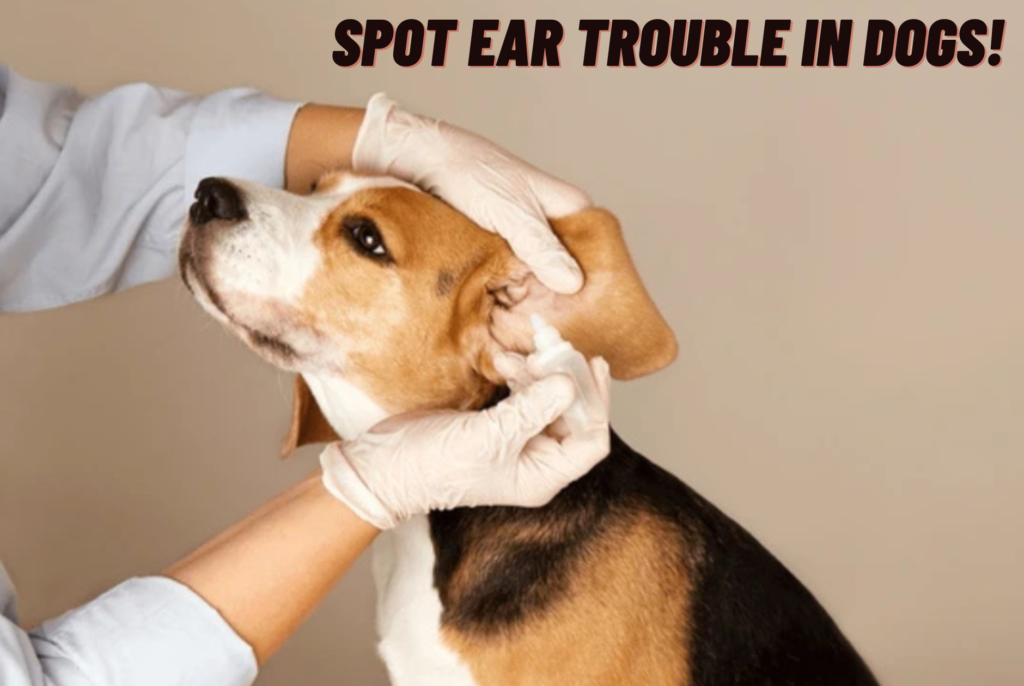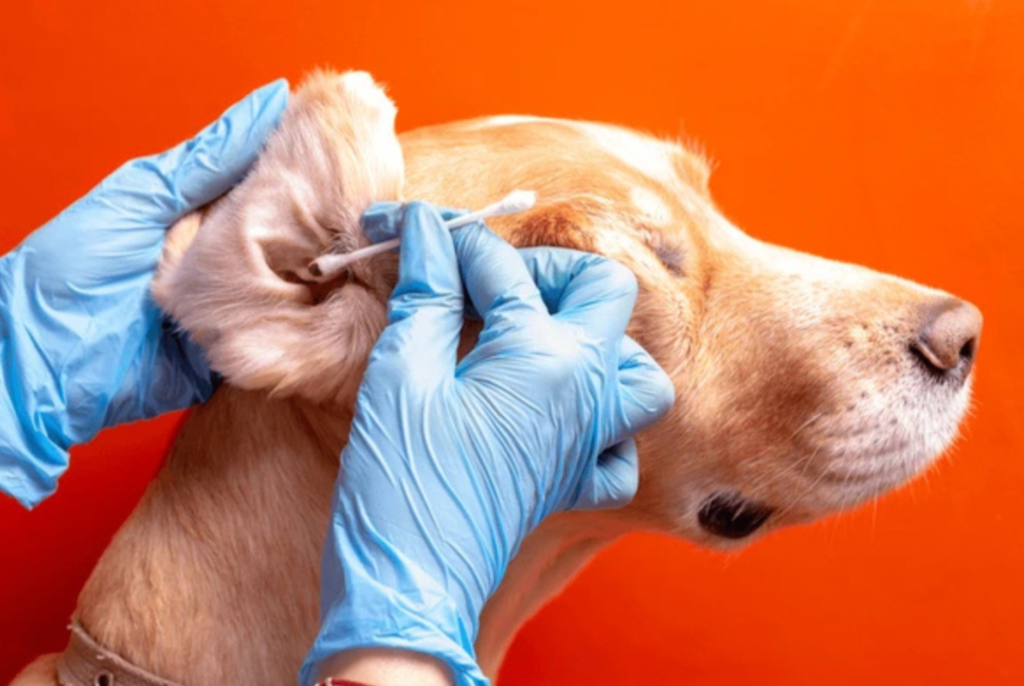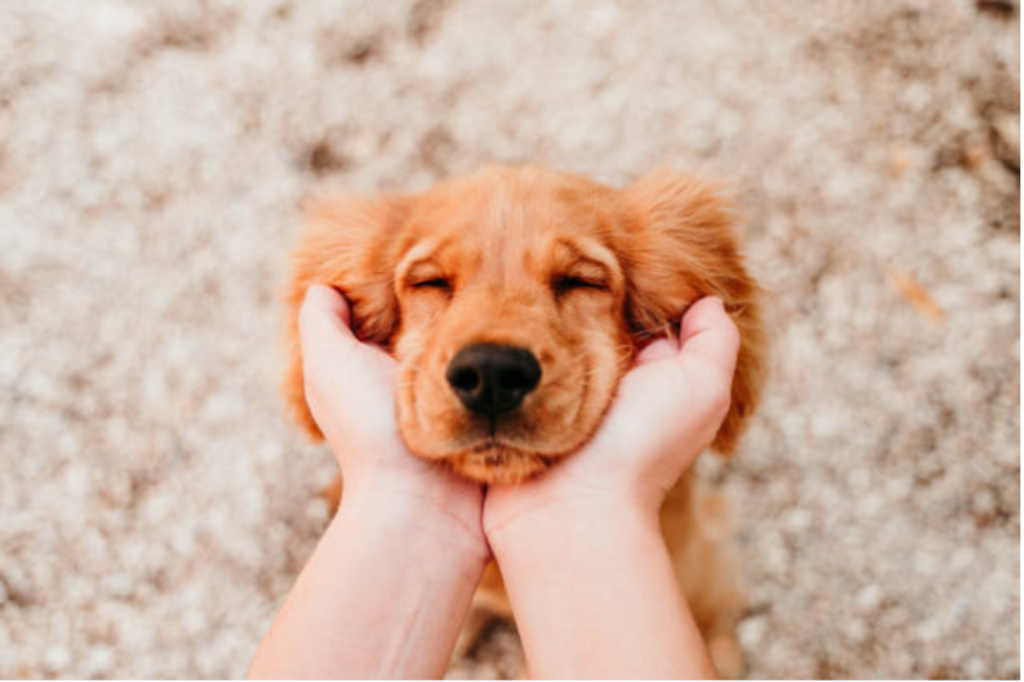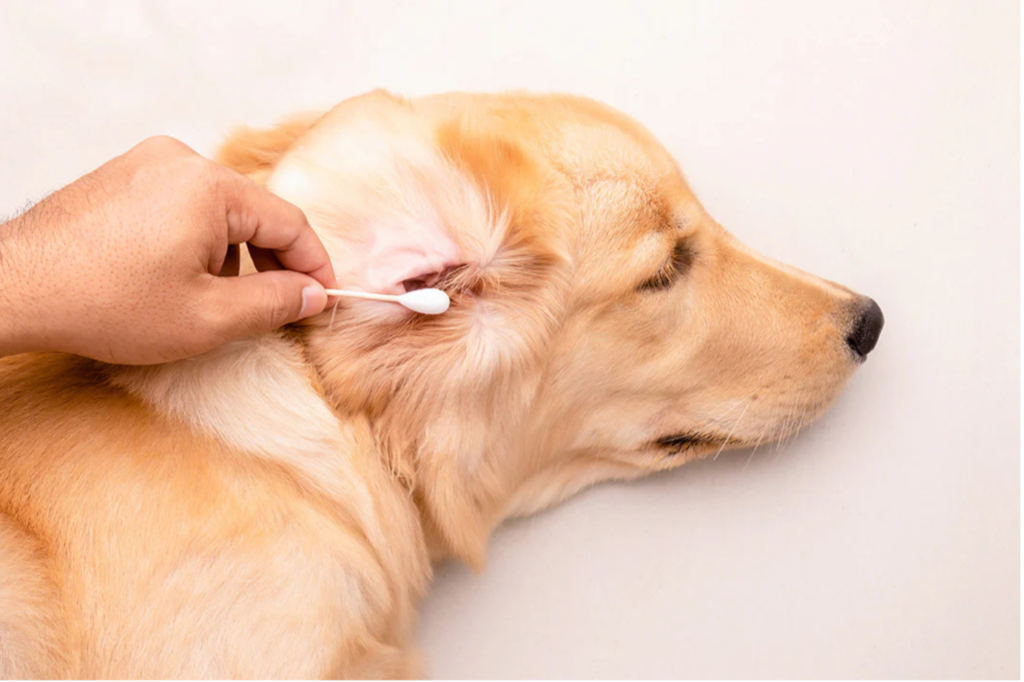How to Spot Ear Trouble in Dogs: A Pet Owner’s Guide

As a dog owner, you’ve likely experienced that heart-melting moment when your Dog tilts their head, ears perked up in curiosity. But have you ever considered what might be going on inside those adorable ears? Ear trouble in dogs is more common than you might think, and ignoring the signs can lead to serious discomfort for your canine companion.
Does your pup seem to be scratching their ears more than usual? Have you noticed a funky odor coming from their ear area? These could be telltale signs that your four-legged friend is experiencing ear issues. From infections to irritations, ear problems can quickly escalate if left unchecked. But don’t worry – with a keen eye and some proactive care, you can keep your dog’s ears healthy and happy.
In this guide, we’ll walk you through the essential steps to spot ear trouble in dogs, understand why ear health is crucial, and learn when it’s time to seek professional help. By the end, you’ll be equipped with the knowledge to ensure your furry friend’s ears stay in tip-top shape. Let’s dive in and discover how to keep those adorable ears perked up for all the right reasons!
Recognizing Signs of Ear Trouble in Dogs

A. Foul odor from the ears
Foul odor from a dog’s ears is a telltale sign of ear trouble. This unpleasant smell often indicates a yeast or bacterial infection. Owners should be vigilant for this symptom, as it’s usually one of the first noticeable signs. Regular ear checks can help detect odors early, preventing more serious complications.
B. Excessive scratching or pawing at ears
Dogs with ear issues frequently scratch or paw at their ears. This behavior can be a response to:
- Itchiness
- Discomfort
- Pain
- Irritation
Persistent scratching may lead to additional problems like cuts or abrasions, making prompt attention crucial.
C. Redness or swelling in the ear area
| Sign | Possible Cause |
| Redness | Inflammation, infection |
| Swelling | Infection, allergic reaction |
These visual cues often accompany other symptoms and warrant a closer look or veterinary consultation.
D. Behavioral changes related to ear discomfort
Dogs may exhibit behavioral changes when experiencing ear discomfort, including:
- Head shaking
- Tilting the head to one side
- Whining or yelping when ears are touched
- Rubbing the ear against furniture or the floor
These behaviors can indicate varying levels of ear trouble and should not be ignored.
E. Visible wax buildup in the ear canal
Excessive wax buildup can be a sign of ear problems. While some wax is normal, an unusual amount or color (such as black or brown for yeast infections, or yellowish for bacterial infections) may indicate an underlying issue. Regular ear cleaning can help prevent wax accumulation, but owners should be cautious not to over-clean, which can also lead to problems.
With these signs in mind, it’s crucial to understand the importance of ear health in dogs. Next, we’ll explore why maintaining proper ear care is essential for your canine companion’s overall well-being and how it can prevent more serious health issues.
Understanding the Importance of Ear Health

Now that we’ve covered how to recognize signs of ear trouble in dogs, let’s delve into the importance of ear health:
A. Potential complications of untreated ear issues
Untreated ear problems can lead to severe complications:
- Chronic infections
- Hearing loss
- Ear canal damage
- Spread of infection to other areas
B. Impact on overall dog well-being
| Aspect | Impact |
| Comfort | Reduced due to pain and irritation |
| Behavior | Increased irritability and restlessness |
| Activity | Decreased due to discomfort |
C. Connection between ear health and comfort
Maintaining ear health is crucial for a dog’s overall comfort and quality of life. Regular cleaning prevents issues like ear mites and infections, ensuring better hearing and reducing discomfort. With this understanding, we’ll next explore proactive measures for ear care.
Proactive Measures for Ear Care

A. Regular ear inspections at home
Regular ear inspections are crucial for maintaining your dog’s ear health. Check for redness, swelling, discharge, or foul odors weekly. Gently clean with a veterinarian-approved solution, especially after swimming or bathing. For breeds with floppy ears, like Basset Hounds, pay extra attention as they’re more prone to infections.
B. Proper cleaning techniques
| Step | Action |
| 1 | Gently hold the ear flap |
| 2 | Apply vet-approved cleaner |
| 3 | Massage base of ear |
| 4 | Let dog shake head |
| 5 | Wipe away debris |
Avoid using harsh substances or inserting objects into the ear canal. For natural cleaning, consider a diluted apple cider vinegar solution.
C. Benefits of professional cleaning at a mobile pet spa
Professional cleaning offers:
- Thorough removal of debris
- Expert assessment of ear health
- Tailored cleaning techniques
- Convenience of mobile service
Regular professional cleanings can help prevent infections and identify early signs of trouble, complementing your at-home care routine.
Conclusion

Keeping your dog’s ears healthy is a vital part of being a caring pet owner. By staying alert for signs of trouble like strange smells, excessive scratching, or visible irritation, you can catch issues early. Regular at-home checks and proper cleaning habits go a long way, but knowing when to call in a vet is just as important. With your attention and timely action, you’ll help your pup enjoy a life full of tail wags and perky ears, free from discomfort. Here’s to happy, healthy ears and countless joyful moments with your canine companion!
![Twalaix[1] a Twalaix[1] a](https://twalaix.net/wp-content/uploads/elementor/thumbs/Twalaix1-a-scaled-r9fanujx21oip3uimqlemtresabb1l691uabkc21hc.png)
